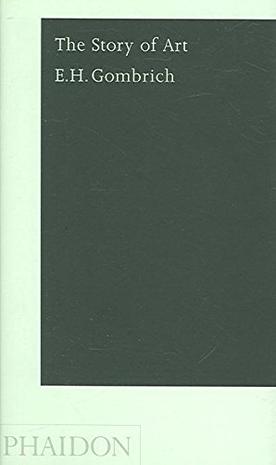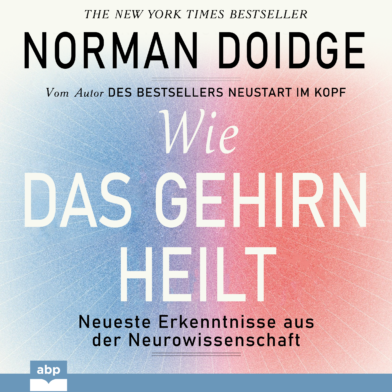
Ramachandran suggests that such anomalous connections reveal a propensity for forging ties between content of different kinds, a propensity that would serve us well in the development of new cognitive abilities. Synesthetes experience perceptual cross-talk between real stimuli and illusory, seemingly unrelated sensations. The limb region of the somatosensory cortex also gets a whisper of input from the face, a pathway only revealed when the limb is missing. As both phantom limb syndrome and synesthesia demonstrate, some of the connections in the brain are in the “wrong” place. The first is that neural connections don’t just go where they are supposed to. What is it about our brains that allowed this to happen? Ramachandran points to two attributes of the brain as notable contributors. During this period, we have perfected cultural transmission of information, so that individuals can benefit from the hard-earned knowledge of others. The accelerating pace of advancement over the last few thousand years, Ramachandran argues, requires some explanation.

The book opens with the challenge of understanding what it is about our “three pound mass of jelly” that affords us our dazzling array of cognitive abilities. That this may be accompanied by some overreaching comes with the territory indeed, in a work of this kind, failing to overreach would be the greater error. This book expands the realm of ideas and topics that seem tractable to scientific exploration. He argues, “If every scientist were a brush-clearing, never-stray-beyond-established-fact type, science would advance at a snail’s pace and would have a hard time unpainting itself out of corners.” In an era in which shrinking availability of research funding induces greater and greater conservatism, Ramachandran’s open-minded approach provides a refreshing contrast.

Writing for a general audience as well as neuroscience specialists, Ramachandran attempts to go beyond what is known and speculate about what might be.

These and other neurological oddities serve as a jumping off point for the book’s examination of the human brain, how it evolved, and what mechanisms might differentiate us from “lower” animals. Ramachandran, a prominent cognitive neuroscientist and practicing neurologist at UCSD, is well known for his studies on phantom limb, in which sensations seem to arrive from amputated body parts, and synesthesia, in which sounds may seem to have tastes, letters may have colors, or there may be some other combinations of actual and illusory events. Ramachandran delivers a thought-provoking exploration of the neural basis of human cognition.


 0 kommentar(er)
0 kommentar(er)
